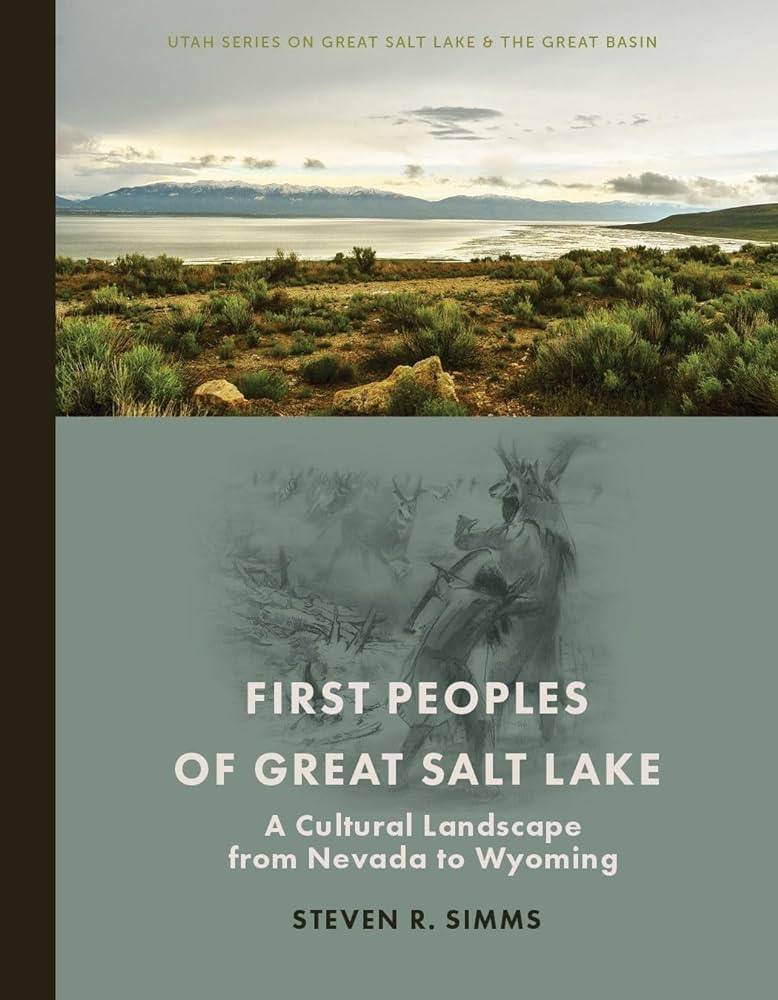Castle Valley Archaeological Society Press Release
Join us to hear Dr. Steven Simms, Professor Emeritus of Anthropology, Utah State University in Logan talk about his new book, First Peoples of Great Salt Lake, which will also be available for purchase on Thursday, April 18 in the Don Burge room at the Prehistoric Museum, 155 East Main St, Price, Utah at 7 p.m. The meeting will be hosted by the Castle Valley Archaeological society and the public is welcome to join us.
The Great Salt Lake is a celebrated, world-recognized natural landmark. It, and the broader region bound to it, is also a thoroughly cultural landscape; generations of peoples made their lives there. In an eminently readable narrative, Steven Simms, one of the foremost archaeologists of the region, traces the scope of human history dating from the Pleistocene, when First Peoples interacted with the lapping waters of Lake Bonneville, to nearly the present day. Through vivid descriptions of how people lived, migrated, and mingled, with persistence and resilience, Simms honors the long human presence on the landscape.
First Peoples of Great Salt Lake takes a different approach to understanding the ancients than is typical of archaeology. De-emphasizing categories and labels, it traces changing environments, climates, and peoples through the notion of place. It challenges the “Pristine Myth,” the cultural bias that Indigenous peoples were timeless, changeless, primitive, and the landscapes they lived in sparsely populated and perpetually pristine. First Peoples and their descendants modified the forests and understory vegetation, shaped wildlife populations, and adapted to long-term climate change. Native Americans of Great Salt Lake were very much part of their world, and the story here is one of long continuity through dramatic cultural change.

